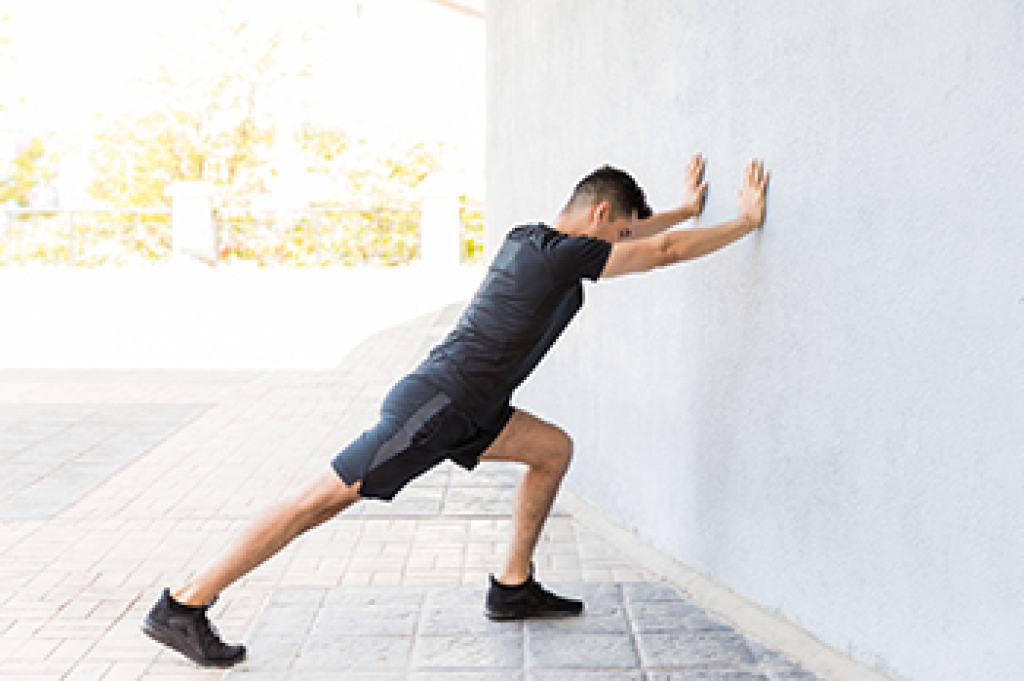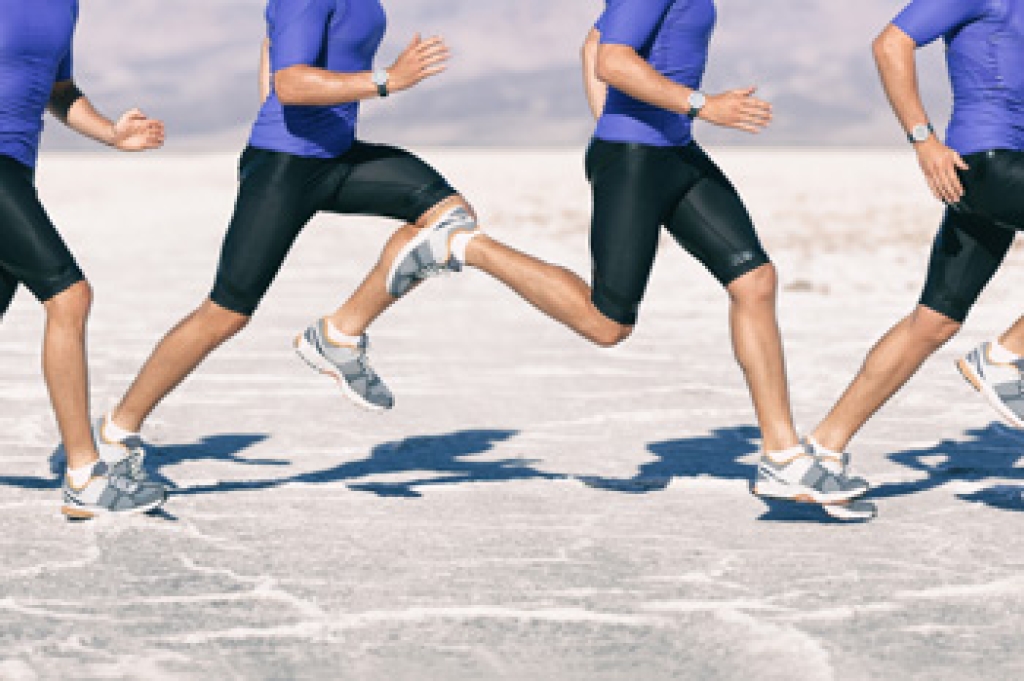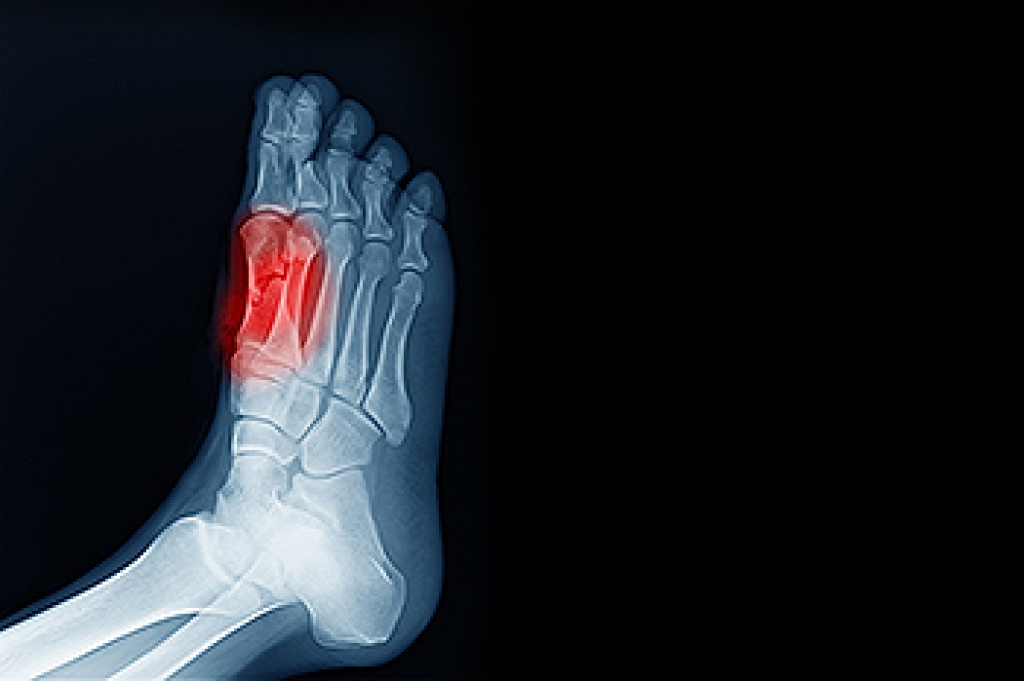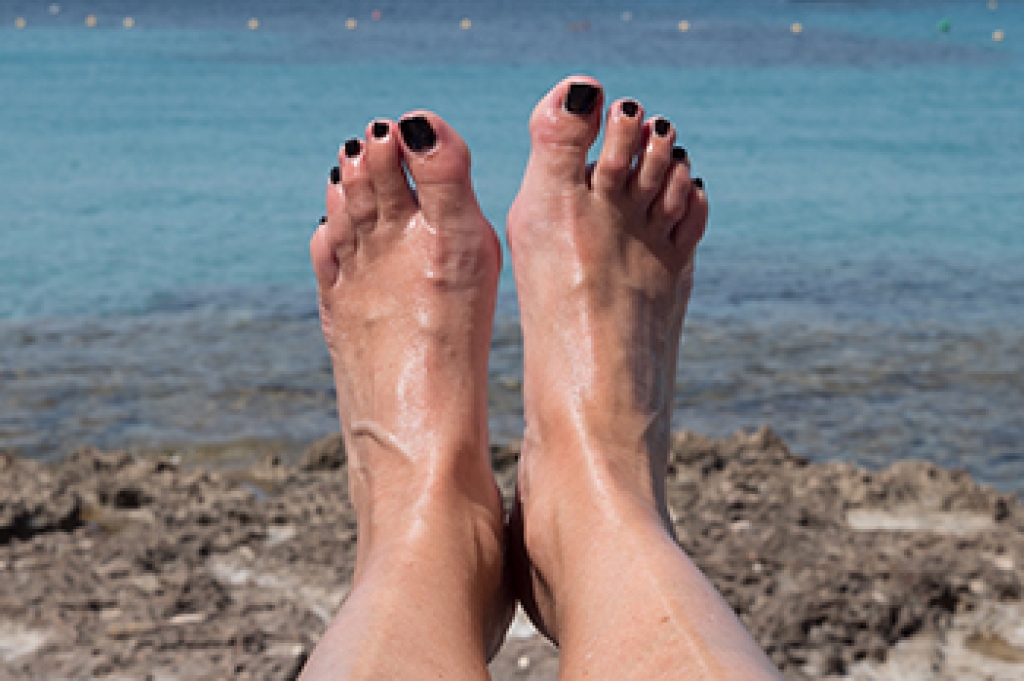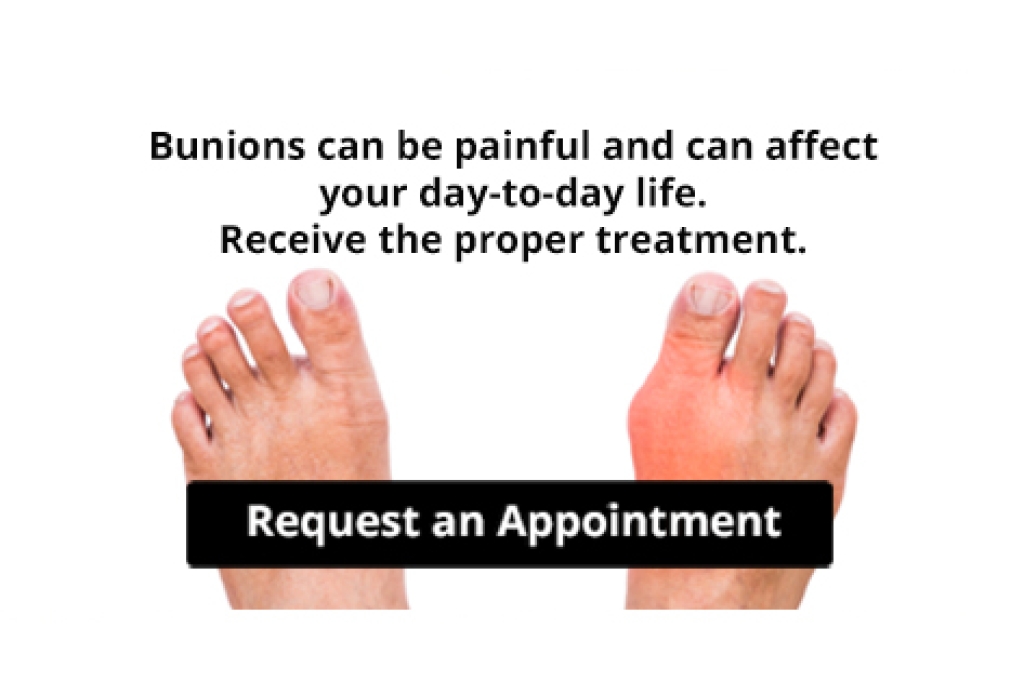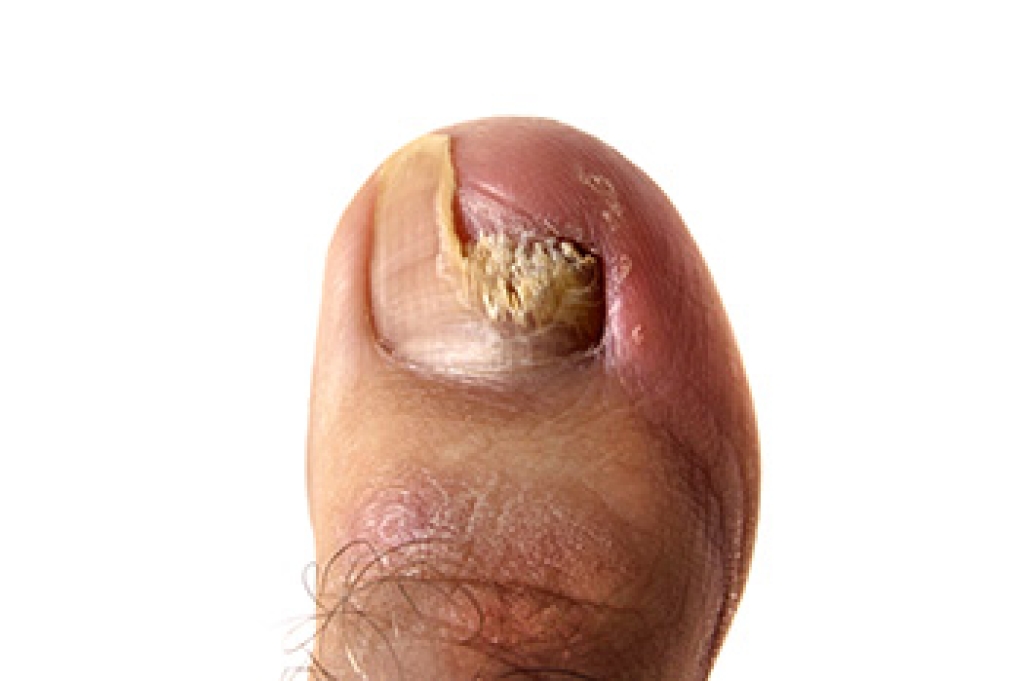
Thickened and discolored toenails could be caused by toenail fungus, but other conditions can cause the same symptoms. These signs might also be the result of bruises, warts, or some type of skin cancer. With toenail fungus, beyond discoloration of the nail, there may be debris under the nail, nail thickening, and an irregularity to the white part of the nail. A discolored spot under the toenail may be a sign of melanoma, a possibly fatal form of skin cancer. This usually presents as a brown or black streak that might look like a bruise. Darier disease is a genetic disorder that typically causes yellowish, wartlike blemishes on the body and red and white streaks on toenails. If you notice changes to your toenails and you do not know the cause, it is suggested that you see a podiatrist as soon as possible to treat whatever might be causing the condition.
For more information about treatment, contact Andrew Katz, DPM of Allcare Foothealth Center. Our doctor can provide the care you need to keep you pain-free and on your feet.
Toenail Fungus Treatment
Toenail fungus is a condition that affects many people and can be especially hard to get rid of. Fortunately, there are several methods to go about treating and avoiding it.
Antifungals & Deterrence
Oral antifungal medicine has been shown to be effective in many cases. It is important to consult with a podiatrist to determine the proper regiment for you, or potentially explore other options.
Applying foot powder on the feet and shoes helps keep the feet free of moisture and sweat.
Sandals or open toed shoes – Wearing these will allow air movement and help keep feet dry. They also expose your feet to light, which fungus cannot tolerate. Socks with moisture wicking material also help as well.
If you have any questions please contact our office located in Palmdale, CA . We offer the newest diagnostic and treatment technologies for all your foot and ankle needs.
